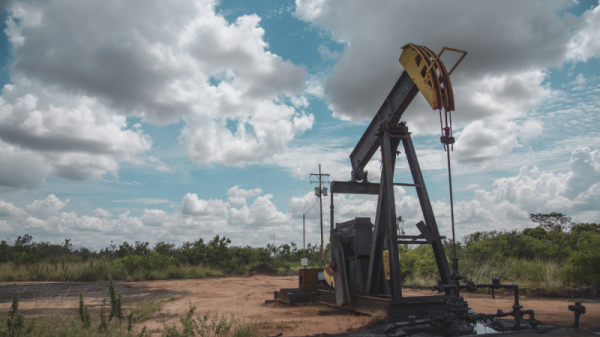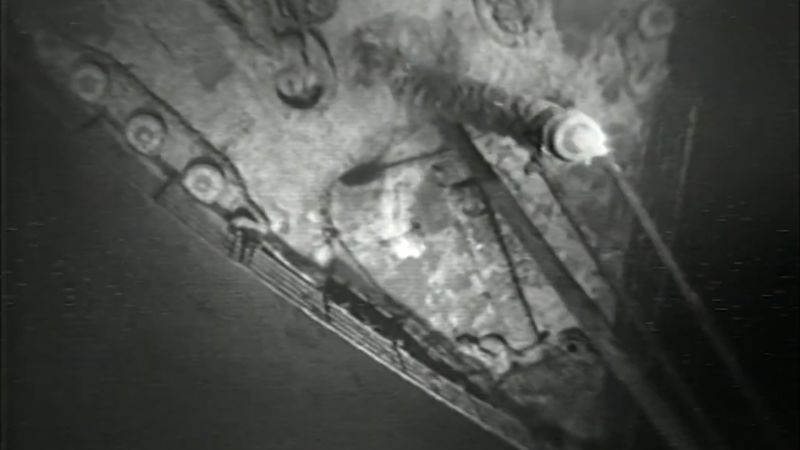When RMS Titanic set sail on April 10, 1912, she was the largest passenger ship in service and considered to be “unsinkable.”
Just four days later, Titanic’s maiden voyage was transformed into an international tragedy when the ship struck an iceberg in the North Atlantic at 11:40 p.m. April 14. She sank in less than three hours.
The ship did not have enough lifeboats for the approximately 2,220 people on board. More than 1,500 people lost their lives in the accident, and Titanic became the most famous shipwreck in history.
There were just over 700 survivors.
Design Pics Inc/Shutterstock
Inadequate lifeboats: The ship struck an iceberg near midnight on April 14, 1912, and sank less than three hours later. Survivors of the Titanic disaster crowded into lifeboats, but there weren’t enough for the roughly 2,220 people on board.
International tragedy: Newspaper boy Ned Parfett sells copies of the Evening News on April 16, 1912, outside the White Star Line offices in London.
Bettmann Archive/Getty Images
Prominent families: This photo circa 1910 shows banking and mining millionaire Benjamin Guggenheim with his wife, Florette Seligman. Guggenheim died in the Titanic disaster. A number of prominent families lost members in the tragedy.
Shipwreck survivors: Survivors of the Titanic sinking arrive May 11, 1912, at the Liverpool docks.
About 700 people survived: Survivors gather at Millbay Docks in Plymouth on May 1, 1912.
International fascination: A woman buys a souvenir print of the Titanic shortly after the disaster. More than a century later, the shipwreck still captivates people.
A look at the 1912 Titanic disaster
The luxury ocean liner was carrying members of some of the most powerful and affluent American families. Financier John Jacob Astor IV put his pregnant wife into a lifeboat. He drowned in the early morning hours of April 15, according to Biography.com. Isidor Straus, co-owner of Macy’s, and his wife Ida perished, inspiring the film “Titanic.” Businessman Benjamin Guggenheim also died in the shipwreck.
Of the 329 first class passengers aboard, 199 survived. Of some 995 second and third class passengers, 293 survived. And among the 899 crew members, there were 214 survivors.
Investigations at the time cited a number of factors contributing to the tragedy: Captain Edward Smith was said to be going too fast in dangerous waters; initial ship inspections had been done too quickly; there was insufficient room in the lifeboats; and a nearby ship failed to help.
Titanic, which cost an estimated $7.5 million to build, was just over 882 feet long and weighed 46,328 tons. Its top speed was 23 knots.
Finding the wreckage
Efforts were made over the years to locate the ship, but the wreckage wasn’t discovered until 1985.
Ballard wasn’t successful on his first try in 1977. The successful 1985 discovery came using a submersible sled called Argo that was equipped with a camera that could transmit live images. Ballard, working with the French Research Institute for the Exploitation of the Sea, discovered the Titanic wreckage while participating in a secret US military mission to explore two wrecked nuclear submarines.
Before agreeing to the mission, which was signed off by US President Ronald Reagan, he asked if he could search for the Titanic when he’d completed the top secret task.
While he was never explicitly given permission to look for the infamous wreck, Ballard says he was told he could pretty much do what he wanted once he’d found the nuclear submarines.
The wreckage sits in two parts at the bottom of the ocean nearly 13,000 feet below the surface, southeast of Newfoundland.
In 1986, a team from Woods Hole Oceanographic Institute made the first trip to view the sunken vessel by using a three-person submersible named Alvin and the newly developed remotely operated vehicle Jason Jr. Footage from that expedition was only released publicly this year.
Enduring interest in the famous shipwreck
More than a century after the ship went down, researchers and historians are still captivated by its story.
A team from deep sea investigators Magellan and filmmakers Atlantic Productions have recently used deep sea mapping to create a “digital twin” of the Titanic wreck for the first time.
Every millimeter of its three-mile debris field was mapped in minute detail, a news release said. The final digital replica has succeeded in capturing the entire wreck including both the bow and stern section, which had separated upon sinking in 1912.
Amateur explorers are also drawn to the wreck.
OceanGate, the company at the center of the current international search for a missing submersible that was headed to the wreckage, offers crewed missions to conduct scientific and technological surveys of the wreck.
The expedition to explore the wreckage of the Titanic costs passengers “from $250,000,” according to an archived version of the company’s website, accessible via the Internet Archive’s Wayback Machine.





































